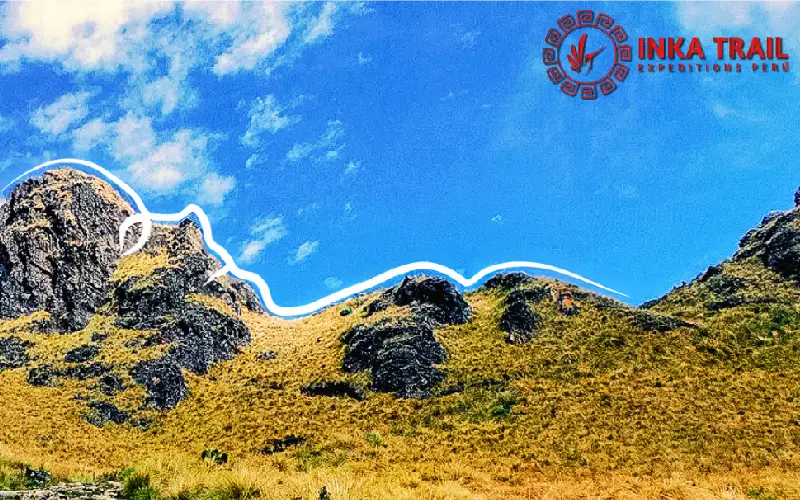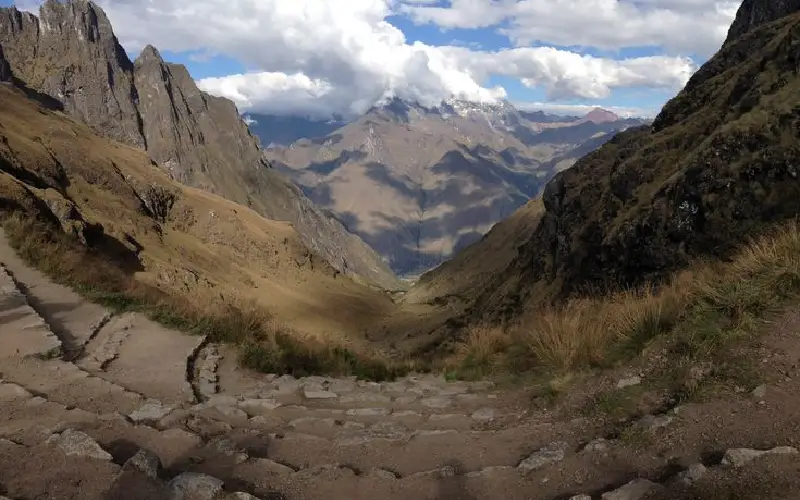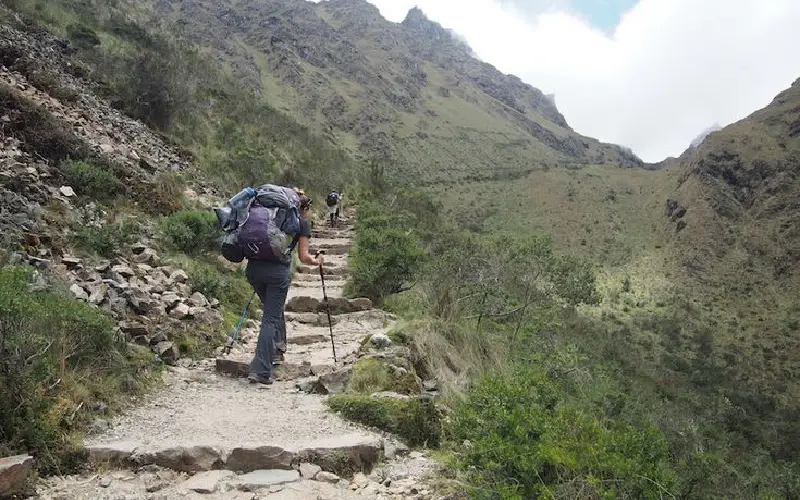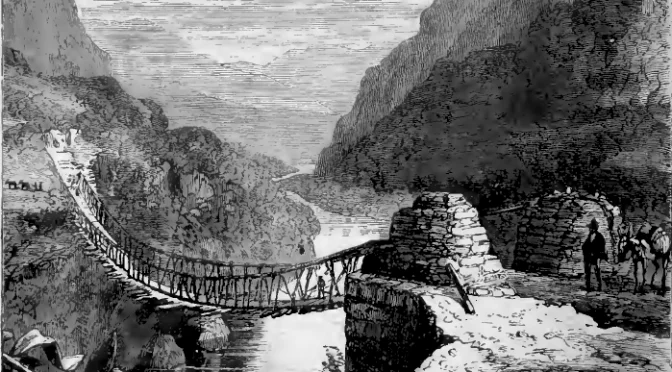Dead Woman Pass, or Warmiwañusca in the Quechua language, is one of the most demanding and emblematic points along the classic Inca Trail to Machu Picchu. Standing at a staggering 4,215 meters (13,829 feet) above sea level, it is the highest point of the trek, where effort meets awe-inspiring panoramic views of the Andes. For adventurers trekking with Inka Trail Expeditions Perú, this segment of the trail often becomes a transformative experience, both physically and spiritually.
Origin of the Name “Dead Woman Pass”
The name Dead Woman Pass arises from the natural silhouette formed by the surrounding mountains. Observed from a specific angle, the peaks resemble a woman lying on her back, with the pass itself marking her chest or neck. Despite its mysterious-sounding name, the origin is purely visual—rooted in the poetic topography of the Andes rather than legend or myth.
The Physical Demands of Dead Woman Pass
Among all the segments of the Inca Trail, the ascent to Dead Woman Pass is known for its steep climb and the impact of high altitude. The trail winds through dense cloud forests and open mountain terrain, with thousands of ancient Inca stone steps leading to the summit. Most travelers reach this pass on the second day of the journey, making it one of the most physically intense stages of the classic four-day trek.
Tips from Inka Trail Expeditions Perú to Conquer the Pass:
- Spend at least 48 hours acclimatizing in Cusco or the Sacred Valley before starting the trek.
- Stay well hydrated and maintain a consistent walking rhythm.
- Use trekking poles to assist with balance and reduce strain on knees.
- Dress in layers, as weather conditions can shift from warm sun to biting cold quickly.
Reaching the Top: Rewarding Views and Deep Connection
The effort pays off. From the summit of Dead Woman Pass, trekkers are rewarded with expansive views of deep valleys, snow-capped peaks, and rolling mist that blankets the landscape. It’s a place of reflection—an ideal stop to take in the power of nature and the historical path you’re walking.
Travelers often take time here to snap breathtaking photos, rest, and experience the overwhelming sense of achievement that comes with reaching this altitude.
A Defining Moment on the Inca Trail
Conquering Dead Woman Pass is more than just a physical feat—it’s a pivotal moment in the trek to Machu Picchu. After reaching this high point, the Inca Trail descends into lush forests and passes various archaeological sites, each with its own story. For many hiking with Inka Trail Expeditions Perú, this day becomes the emotional core of their Andean adventure.
Interested in experiencing it yourself? Check out our Classic Inca Trail 4-Day Tour to start planning your journey to Dead Woman Pass and Machu Picchu.





